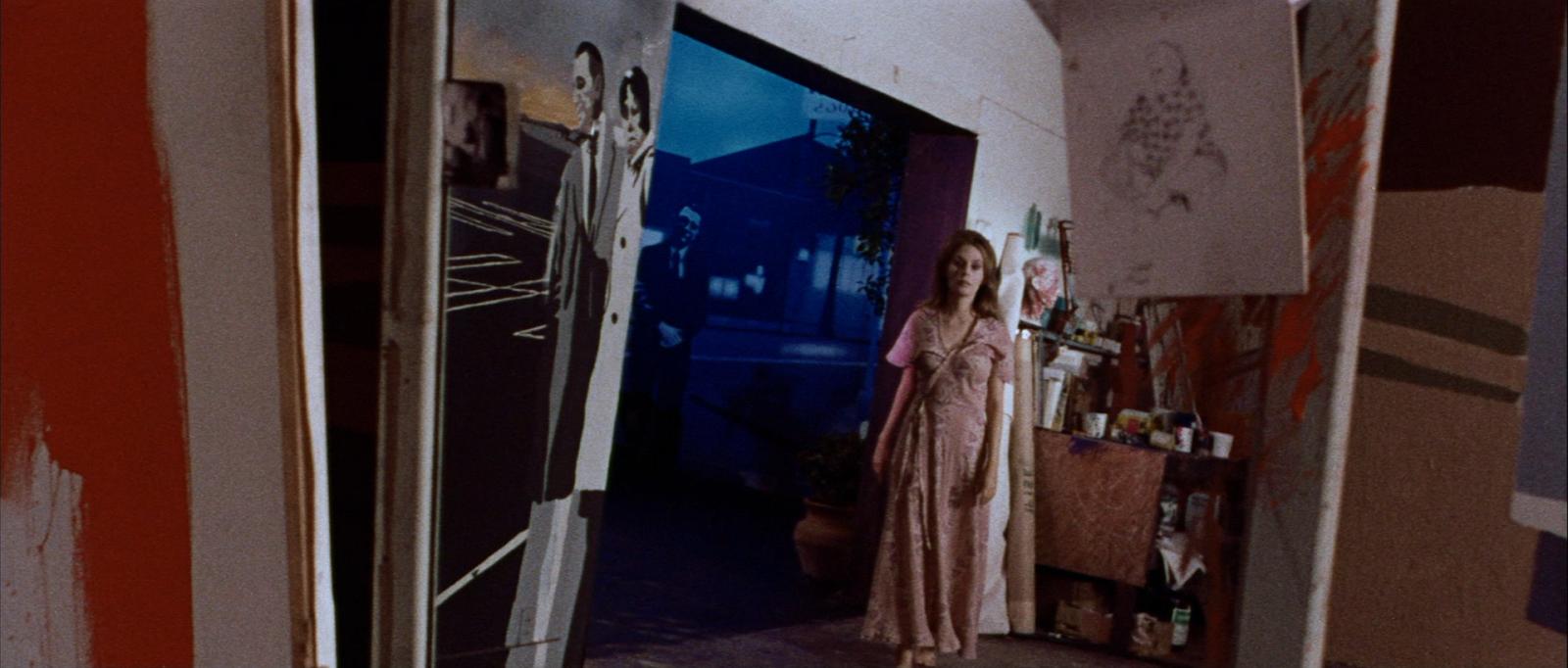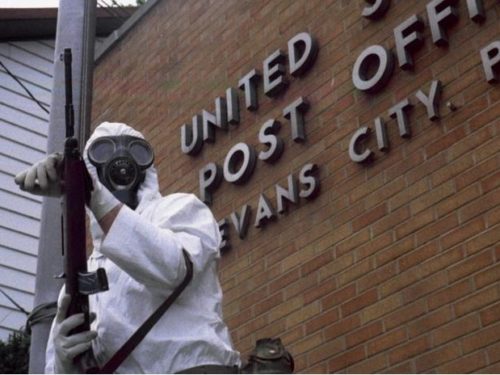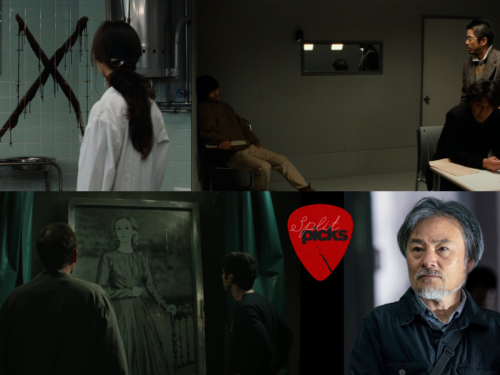The creators of Messiah of Evil (1973) consider their film to be incomplete. Before photography could be finished, the project was taken away from them and garbled into a releasable product by its producers. I would like to respectfully suggest that this is one of the rare cases in which this scenario is in fact a positive thing.
Produced between drafts of their Oscar-nominated screenplay for American Graffitti (1973), Messiah of Evil is the first feature written and directed by the husband-and-wife writing team of Willard Huyck and Gloria Katz. The film is about a young woman named Arletty (Mariana Hill) who visits the mysterious seaside town of Pointe Dune in search of her reclusive artist father (Royal Dano). He has sent her a series of cryptic letters concerning the town and his mental state, both of which appear to be wrapped in a local legend known as “The Blood Moon.” Arletty arrives to find her father’s home abandoned and most of the locals unwilling to give her a straight answer regarding his whereabouts. She soon meets a strange playboy (Michael Greer) and his two female “traveling companions” (Joy Bang and Anitra Ford) who claim to be visiting Pointe Dune for ambiguous reasons concerning the Blood Moon. Beyond that, the film’s plot doesn’t solidify into anything substantial. At night, strange zombie-like inhabitants, entranced by nocturnal and nautical forces, scour the town for meat — of both human and pre-packaged supermarket varieties — while a strange sickness spreads through the population, the symptoms of which include loss of bodily feeling, bloody tears, and an isolated case of vomiting bugs and small lizards.
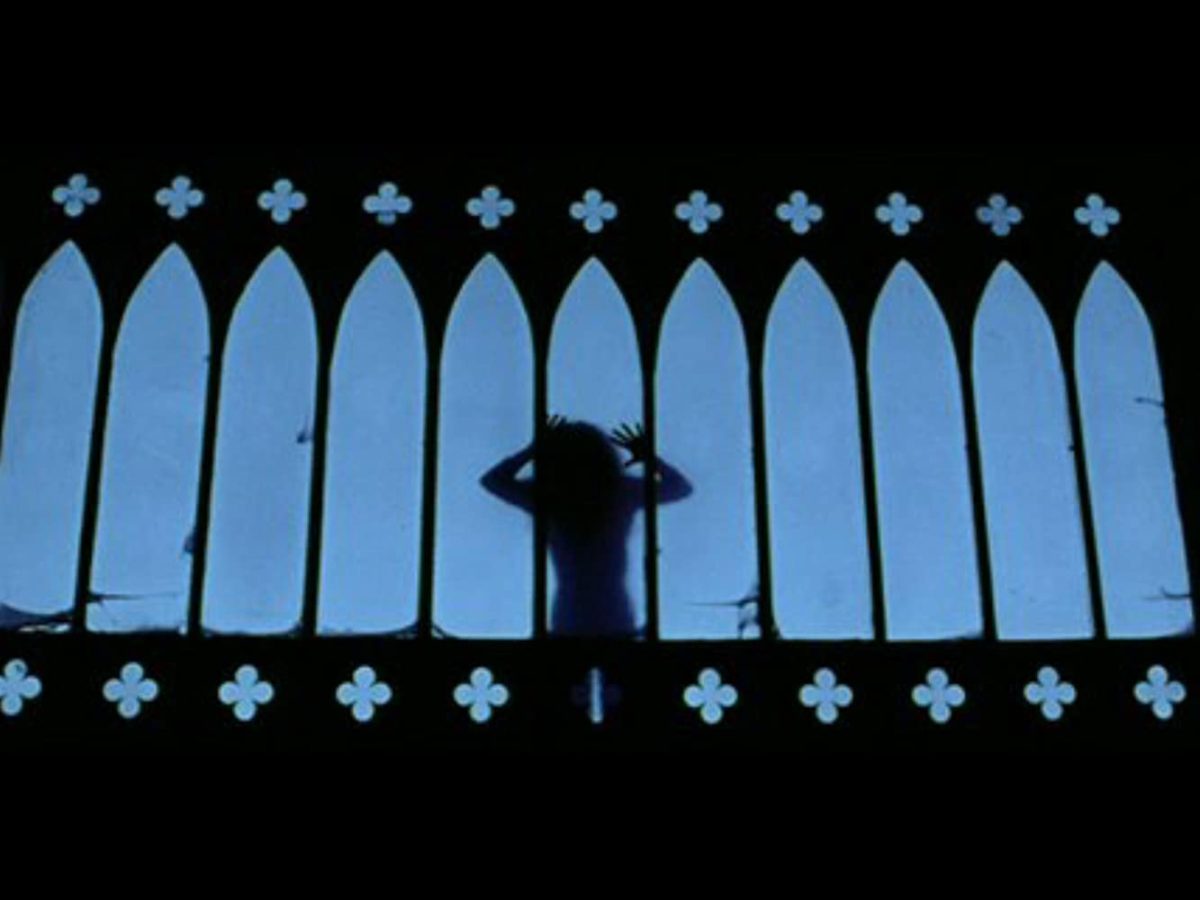
In interviews, Katz and Huyck tend to shrug Messiah of Evil off as a fun early project (well, fun until the film was taken away from them); they use the term “pretentious” a lot when describing the film, especially when talking of their intentions to infuse art film sensibilities with the horror genre. While they have said how discouraging it was for the film’s production to end on such sad terms, their careers were hardly affected in a negative sense. With the major success of American Graffiti overshadowing Messiah’s quiet release, their future as studio filmmakers instead appeared destined for greatness in 1973. Working under the guidance of George Lucas, they certainly helped sell truckloads of popcorn in the years that followed. The duo took an uncredited crack at the script for Star Wars (1977) and later penned Indiana Jones and the Temple of Doom (1984). Yet when they returned to the writing and directing (only Huyck being credited as director), they racked up a career-ruining pair of disaster projects to their name. These included Best Defense (1984), a Dudley Moore vehicle that tested so poorly the script was reworked to include superstar Eddie Murphy as a bigger draw (it still managed to be a critical and box office failure), and the notoriously ill-advised Howard the Duck (1986), which will forever loom large over every conversation of mega-flops.
When asked what attracts people to Messiah of Evil in an interview on Code Red’s Blu-ray release, Huyck says it’s an “odd film,” which he believes allows audiences to interpret what it’s “about” in a variety of ways. But its appeal is actually the opposite — the “about” is the least important part. In its released form, the story of Messiah of Evil is, by any Screenwriting 101 professor’s account, a total mess. The film contains a series of underdeveloped subplots and a strange half-attempted backstory involving a possibly satanic member of the Donner Party surviving, making his way to California, and founding a cannibalistic religion by the seashore. Huyck and Katz had planned to shoot an ending that clarified exactly who and what were driving Pointe Dune to madness before the film was taken from them. But the lack of a cohesive and complete narrative works in the film’s favor. It denies us the chance to orient ourselves within the film. For instance, the most we see of the leader of Pointe Dune’s strange zombie cult is a shot outlining his dark figure as he stalks toward the camera from the ocean. If we were to later learn about the identity and origin of this sinister being, it would strip the earlier vision of its terror. It would become just a nicely composed introductory image of a villain rather than a totalized manifestation of an evil we cannot begin to comprehend. The lack of definition and not being able to piece it all together is so much scarier.

This fragmentation carries throughout the film. It spreads our attention across a wider variety of directions, creating even more potential for horror to penetrate through the cracks in the narrative. Messiah of Evil is all mood and tone. Through its incomplete story and underdeveloped characters, the atmosphere that builds from the rubble becomes threatening in an almost sleepy manner, like a seaside nightmare half-remembered, and all the more unsettling because of the parts one can’t recall. The closest comparison I can make to the film’s tone is Curtis Harrington’s Night Tide (1961). But where that film follows a rather straightforward narrative and ultimately rationalizes away its underwater mysteries in its resolution, Messiah of Evil makes no such move. At a certain point, you realize it has diverted from any possible streamlining of its story. Its never-returning becomes a virtue because a strict adherence to the story would only be a hindrance to everything else happening within the world of the film.
All of this puts us in a place to be as immersed within Point Dune as the characters. The art direction, by Jack Fisk before he designed films for David Lynch and Terrence Malick, has us weary of every corner, questioning which of the abstract figures painted across the interior walls of Arletty’s father’s home will move first. The film’s best moments find their power in how fleeting the visions are, such as Arletty’s introduction to Point Dune through a gas station attendant firing a pistol into absolute darkness or a later cutaway to the silhouette of a figure scratching at a skylight window above characters who fail to notice. Certain moments defy logic and are all the better for it, such as a split second shot of a fast approaching zombie horde that precedes an attack by only a solitary figure. It’s the odd touches like these that heighten the horror and make Messiah of Evil so unsettling.

I don’t mean this as a cheap shot, but remember that when Huyck and Katz are able to finish and polish the movies they direct, we get Howard the Duck. If they were to have had their way, I fear that their instincts would have moved Messiah of Evil into the realm of formula and out of the strange world that took form from the lack of plot-oriented definition that they claim as a detraction. In the same Code Red interview, they mention that for recent film school graduates like themselves, horror films were “the path you took” to bigger budgets and studio contracts, a B-list arena where you could prove to producers you could do a lot with a little money and turn in a stylish and coherent movie.
Messiah of Evil is the perfect example of where film school mentalities fail; it is a movie that achieved greatness through a unique set of collaborators first, and most importantly, chance, as its haphazard final cut, which demolished any chance of rounded characters or a traditionally structured plot, made Messiah of Evil what it is. If the film would have been “finished,” or polished and allowed to explain itself, a great deal of its style would have been created in vain. Sure, it has hints of Romero, Lovecraft, and Godard, but its strangeness outshines its influences, making Messiah of Evil one of the great outlier tone poems of ’70s horror.
Purchase Messiah of Evil on Blu-ray from Radiance Films
Stream Messiah of Evil here
Find more October Horror 2020 here:
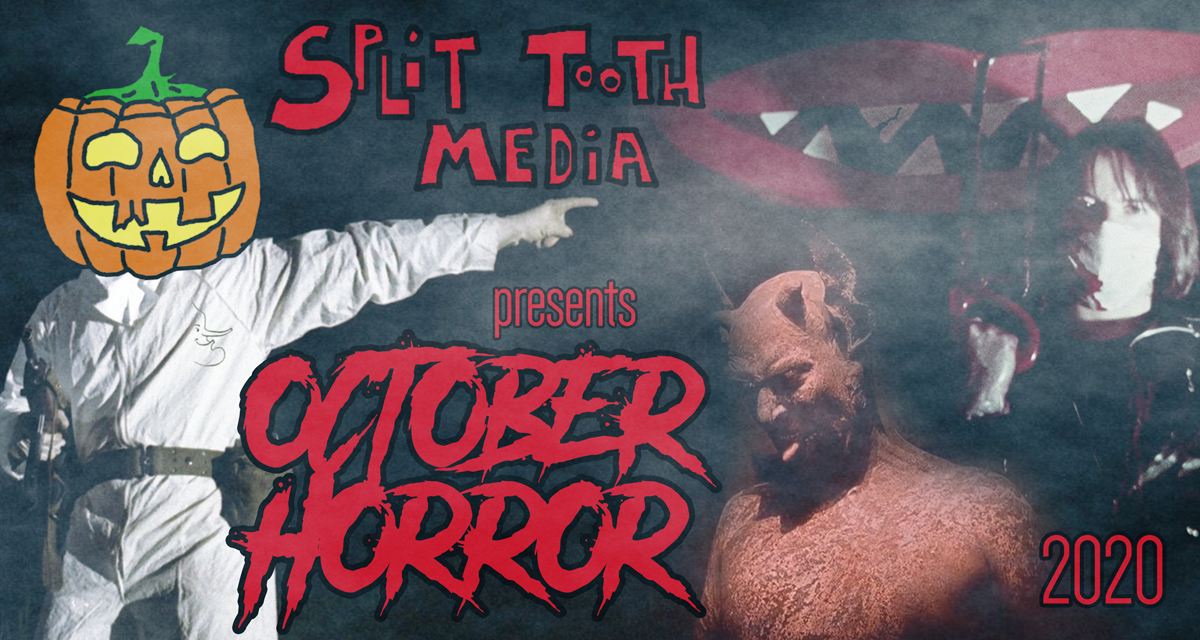
Follow Split Tooth Media to stay up to date with all things October Horror
(Split Tooth may earn a commission from purchases made through affiliate links on our site.)

